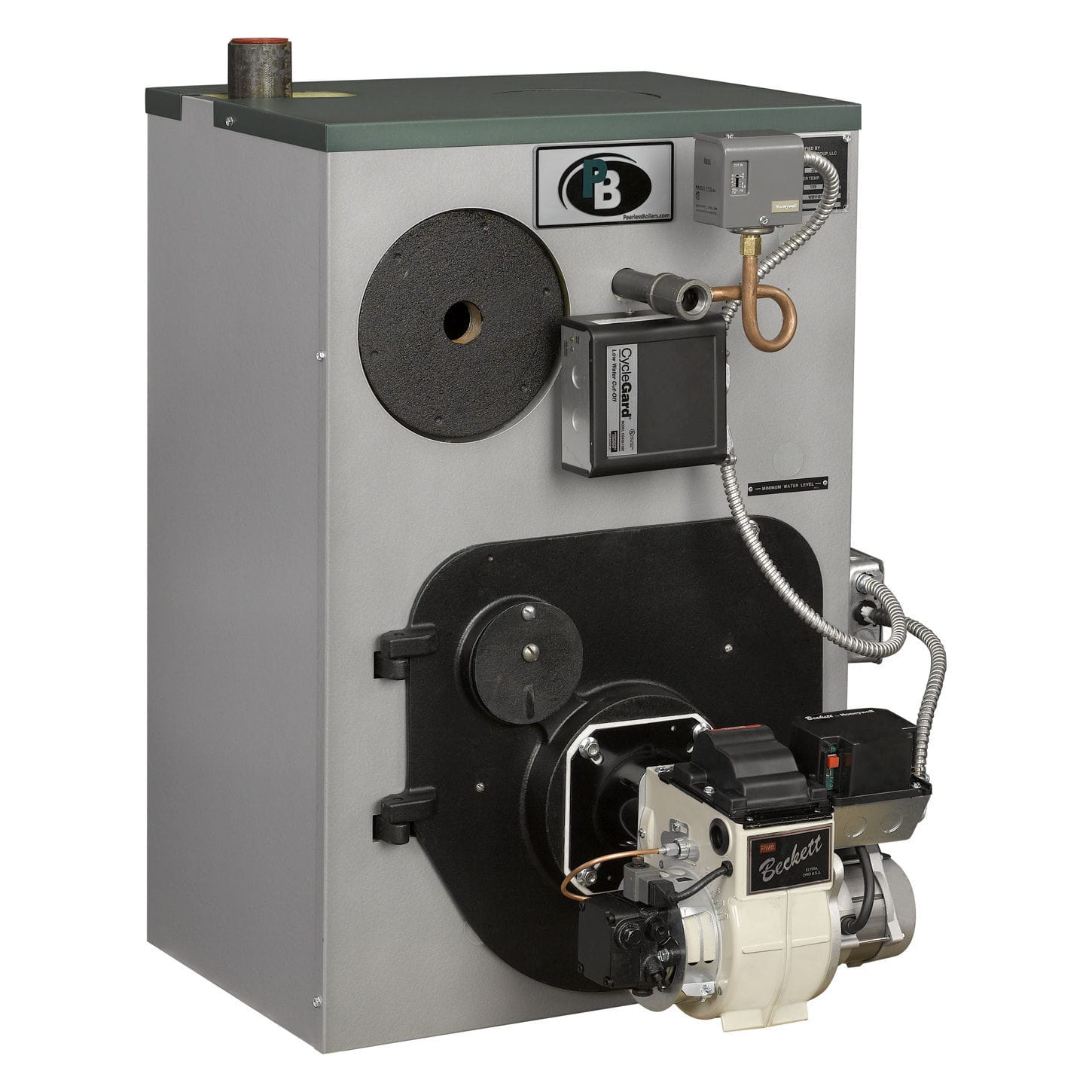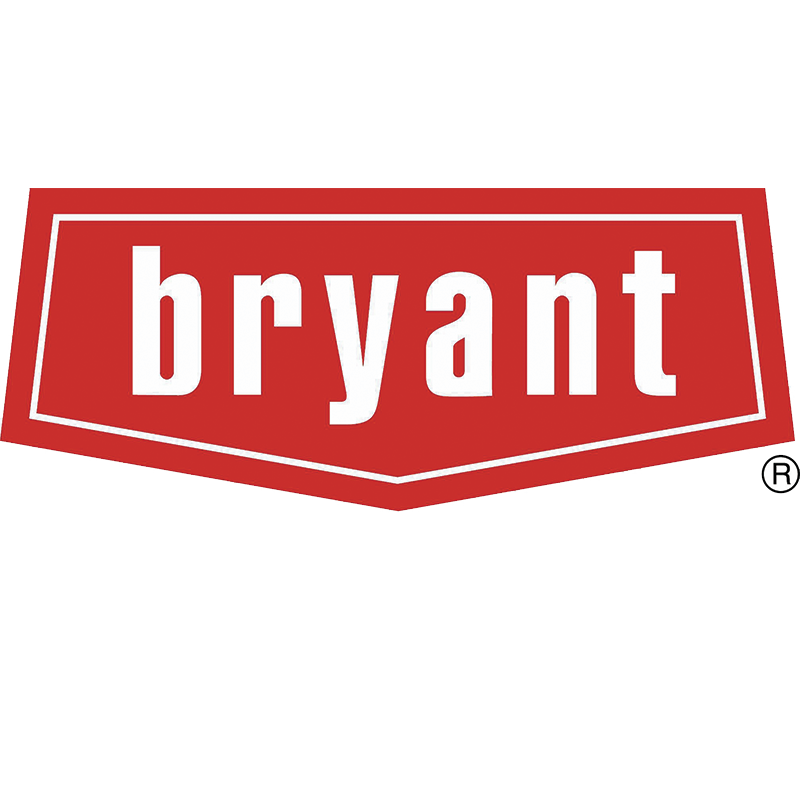How to Choose the Best Boiler for Your Home: Part Two

This is part two of an article on picking out the right boiler for your home. If you missed the first post, please take a moment to check it out. Without further delay, let’s continue on with some of the key points to watch for as you shop.
How Does the Boiler Vent?
Venting is something that you will need to pay attention to when purchasing your new boiler. Some models vent directly through the chimney, meaning they don’t need as much space. These kinds of boilers can be placed in closed-in areas, as the venting is going to go up the chimney anyway. That is not true of models that force air through a venting system. If that is the case, you will need to be placing the boiler is an open area, so it can collect the necessary air. Where is your boiler going to go? Most likely, you already have a location in mind, or you may only have one viable option. Think about what that location looks like and pick the right boiler accordingly.
Think About Efficiency
There are a couple of motivating factors when it comes to efficiency. First, an efficient model will save you money, as it will require less energy to power the boiler as it runs. Also, using up less energy is good for the environment, which may be something that is personally important to you. As you shop around to find the right model for your needs, be sure to check on the efficiency rating of each boiler. The efficiency ratings you are able to find will depend on the type of boiler you are buying. An oil boiler with a rating of at least 80% is good, while that number should be up above 89% for gas boilers. You probably don’t need to worry about this rating if you are buying an electric boiler, as it should run at 100% efficiency.
One of the great things about purchasing an efficient boiler to replace an older, less-efficient model is the fact that you can recover some of the cost of the purchase over time. Sure, you will have to spend the money now to buy your new boiler, but an efficient model should be able to reduce the size of your monthly utility bills. As the months go by, you will gradually recover some of the money that was spent upfront, effectively lowering the cost of the boiler.
We hope this two-part series has helped point you in the right direction with regard to shopping for a new residential boiler. To summarize the main points we have presented, there are three keys that you will want to watch for – the size of the boiler, the venting system used, and the efficiency of the model. Make sure all three of these points meet with your needs and expectations before you make a purchase. Good luck and happy shopping!













